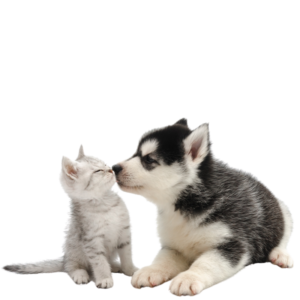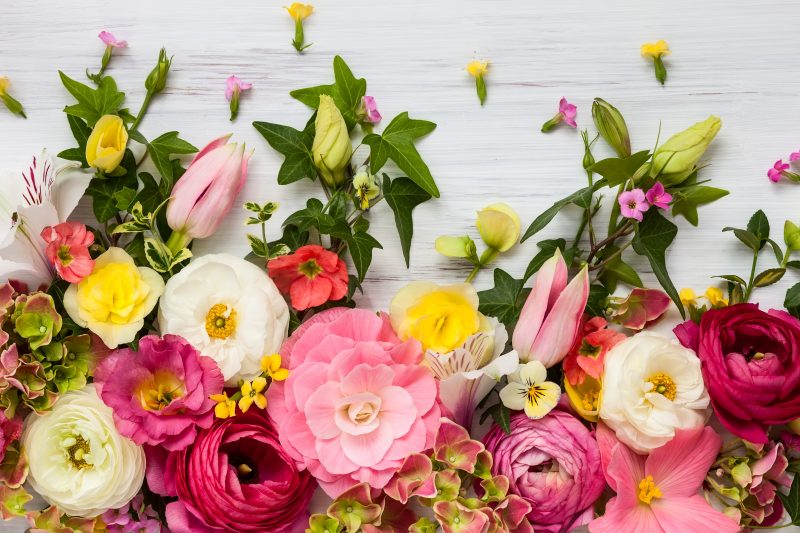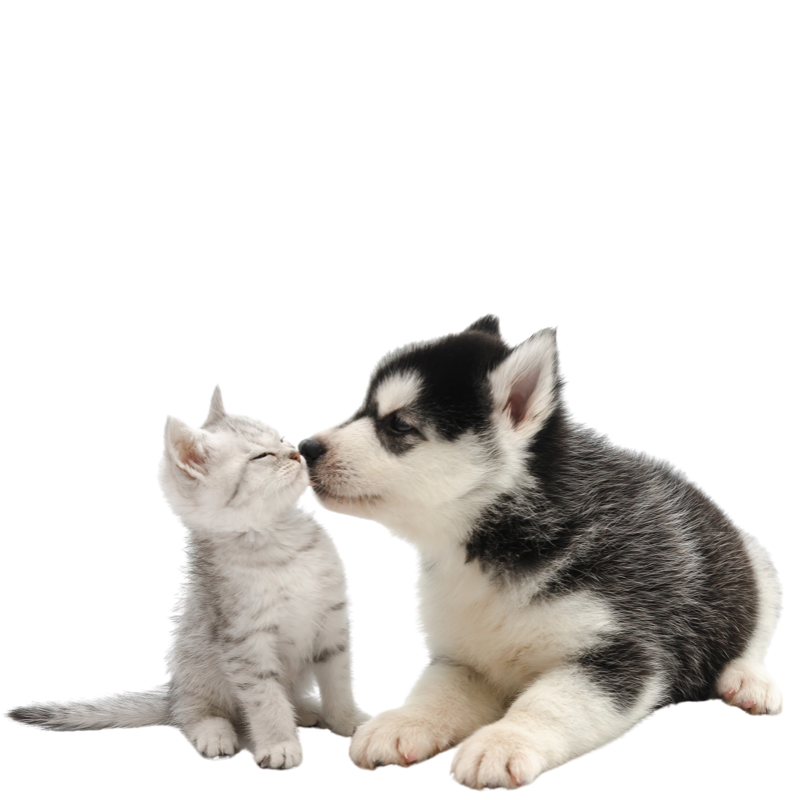- Daffodils
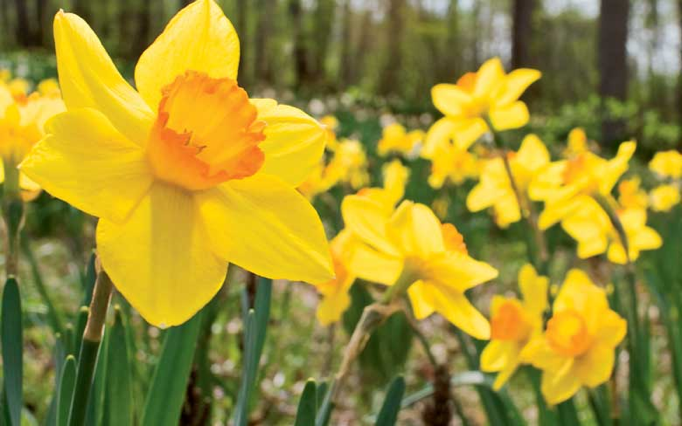
Toxic to: cats, dogs
Toxin: Lycorine (strong properties that induce vomiting); crystals on bulbs that cause severe tissue irritation as well.
Symptoms: Vomiting, nausea, diarrhea, drooling, abdominal pain. In severe cases can cause low blood pressure, abnormal breathing, convulsions and cardiac arrhythmias.
- Foxgloves
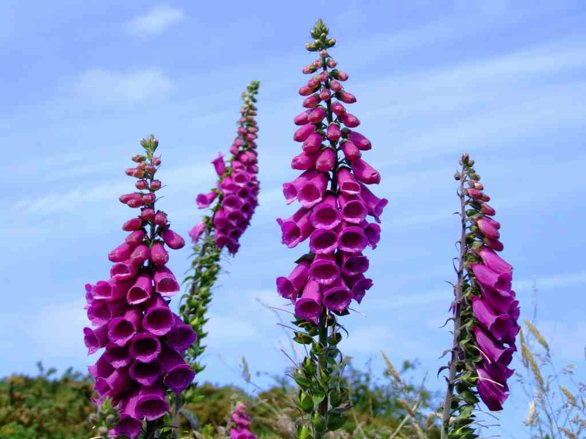
Toxic to: cats, dogs, humans
Toxin: Cardiac glycosides (affect the heart). All parts of the plant are considered toxic, including the water in the vase.
Symptoms: Vomiting, diarrhea, drooling, abnormal heart rate, cardiac arrhythmias, weakness, collapse, tremors or seizures, cardiac failure, death.
- Buttercups
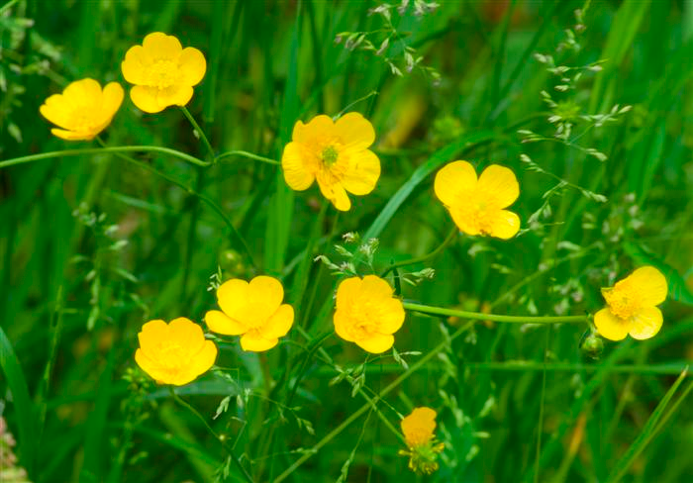
Toxic to: cats, dogs, horses, cows
Toxin: Protoanemonin (irritates the mouth and GI tract). The flower part contains the most of this toxin.
Symptoms: Drooling, vomiting, diarrhea, not eating, blisters in the mouth, weakness, depression, bloody urine, walking like they are drunk. Serious side effects are not very common because the bitter taste and oral blisters usually stop animals from eating them.
- Lilies
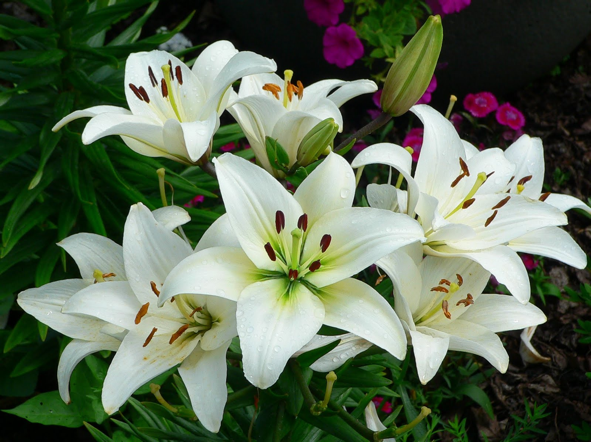
Toxic to: cats
Toxin: Exact toxin is unknown.
Safe lilies: Not all species of lily are toxic. Safe lilies include peace lilies, Peruvian lilies and calla lilies (however calla lilies can cause irritation to the mouth and esophagus if ingested).
Dangerous lilies: Tiger lilies, day lilies, Asiatic hybrid, Easter lilies, Japanese show lilies, rubrum lilies, stargazer lilies, red lilies, western lilies and wood lilies. These are all highly toxic and even ingesting a few petals/leaves or pollen/vase water can cause rapid kidney failure in cats.
Symptoms: Lethargy, not eating, hiding, vomiting, diarrhea, dehydration, bad breath, extreme thirst, inappropriate urination, seizures, death.
**Important note: Lily of the valley (not a true lily) does not cause kidney failure but can still cause cardiac arrhythmias and death if ingested.
- Tulips
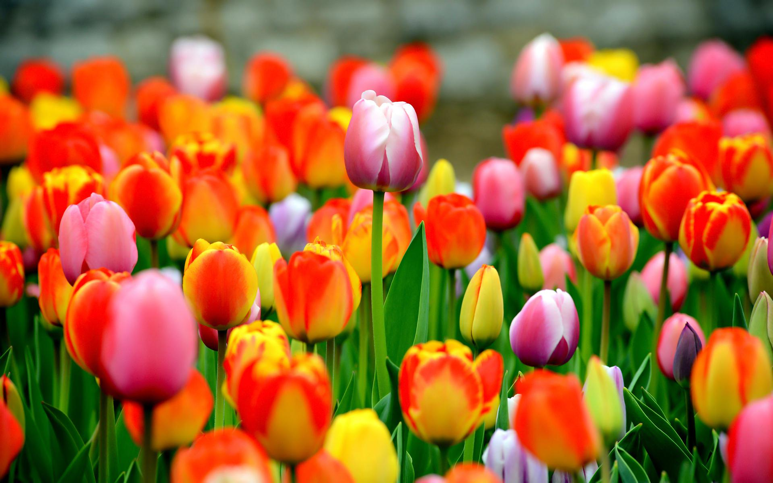
Toxic to: cats, dogs
Toxin: Tulipalin A & B, very concentrated in the bulbs.
Symptoms: Vomiting, diarrhea, drooling, depression, increased heart and respiratory rate, difficulty breathing.
- Poinsettias
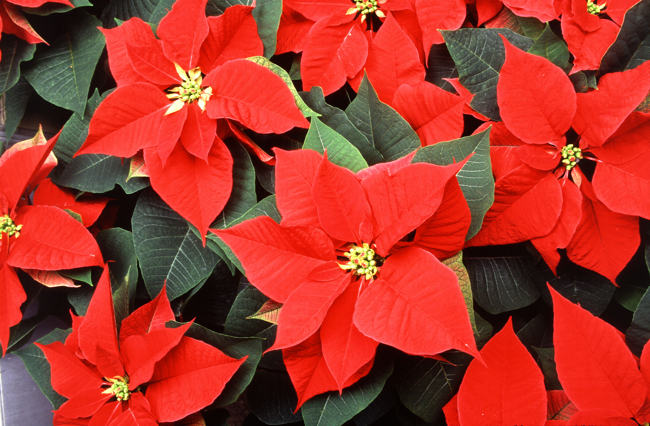
Toxic to: cats, dogs, horses, cows, birds
Toxin: Diterpenoid euphorbol esters and saponin-like detergents in the milky white sap.
Symptoms: Usually only mild vomiting or drooling. Rarely diarrhea. Sometimes exposure to the sap can irritate the skin as well. Eye exposure may also cause mild inflammation.
- Hydrangeas
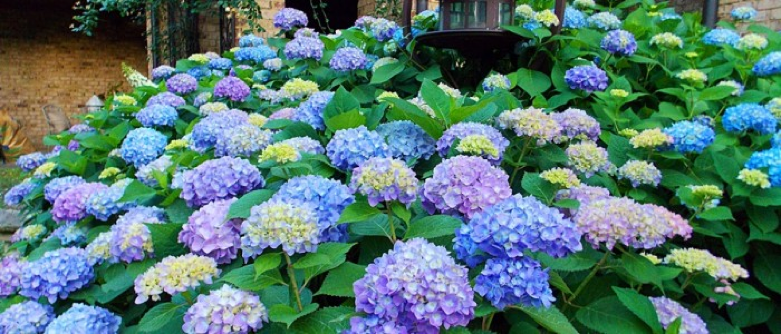
Toxic to: cats, dogs, horses
Toxin: Cyanogenic glycosides, higher concentration in the leaves and flowers.
Symptoms: Vomiting, diarrhea, lethargy/depression.
- Chrysanthemums
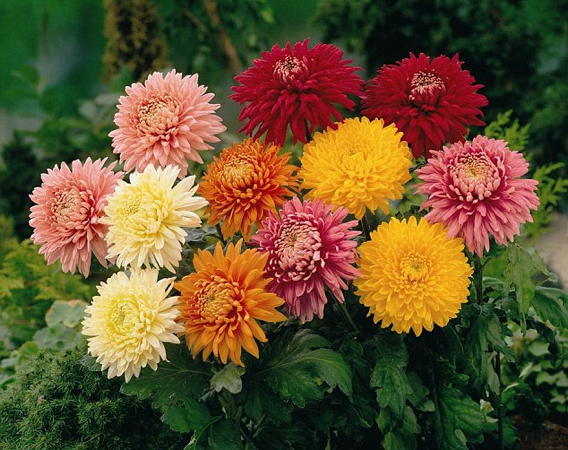
Toxic to: cats, dogs, horses
Toxin: Sesquiterpene, lactones, pyrethrins and other potential irritants
Symptoms: Vomiting, diarrhea, drooling, not eating, incoordination, irritated skin.
- Baby’s Breath
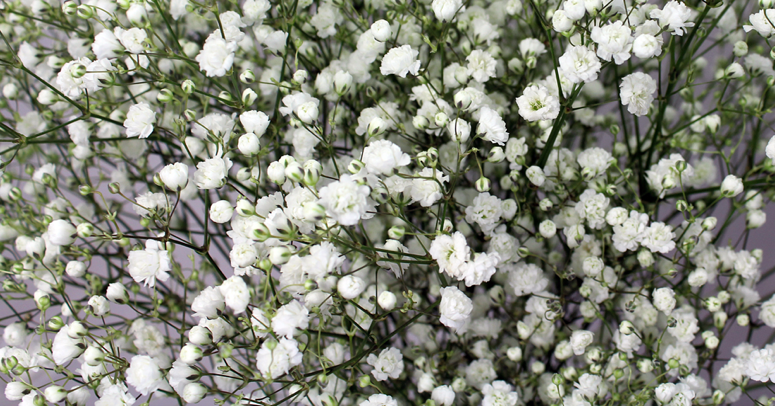
Toxic to: cats, dogs
Toxin: Gyposenin
Symptoms: Vomiting, diarrhea, lethargy, not eating
- Peonies
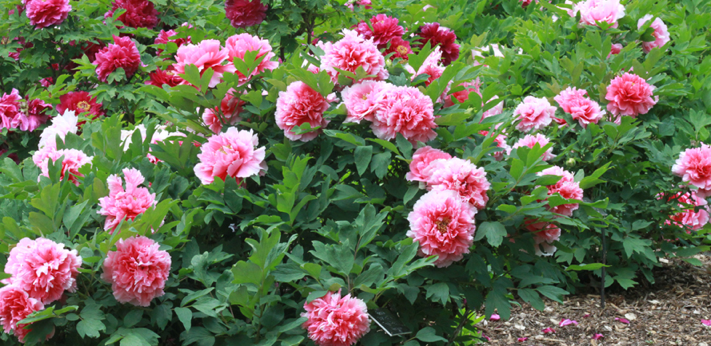
Toxic to: cats, dogs, horses
Toxin: Paeonol, concentrated in the bark
Symptoms: Vomiting, diarrhea, lethargy.
If you suspect your pet has ingested one of these flowers or any other plants for that matter, it is important you call us at 388-8880 as soon as possible. Depending on time and amount that has been eaten, as well as the size of your pet, our vets will be able to give you a better idea of potential toxicity and if your pet should be seen right away.
If you would like more information on other plants and common household toxins, please visit http://www.aspca.org/pet-care/animal-poison-control/toxic-and-non-toxic-plants or http://www.petpoisonhelpline.com/poisons/
Written by Stephanie, RVT

